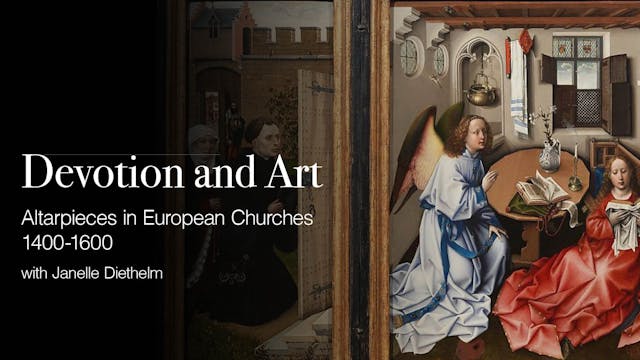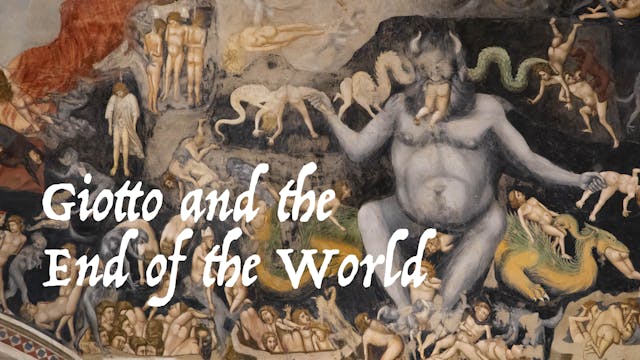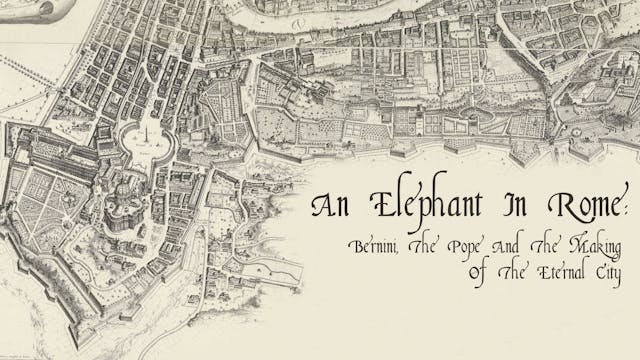The Rose and the Brush
Art
•
1h 15m
During the spring 1620, the emperor of the Mughal dynasty, Jahangir, visited the region of Kashmir. In his memoirs, he described with awe the colourful flowers he saw, all in bloom at this time of the year. He also related how he tasked one of his imperial artist, Mansur, to paint more than a hundred of these flowers. This anecdote is often used as a starting point for the craze for floral motifs that inhabited Mughal art during the 17th century. While the love of the first Mughal emperors for nature is not to be understated, another source of inspiration became available to painters of the imperial workshop in the years 1620s: European herbaria and florilegia. The tulipomania that made Europe tremble at the end of the 1630s delivered a large production of printed flower books with botanically accurate illustrations, some of which travelled to India and Persia, where they were copied and adapted to local taste, resulting in large productions that echoed to all artistic media until the 19th century. This talk offers some insights into the development of flower painting in Mughal India and Safavid Persia, in connexion with the production of botanical illustration in Europe. It also questions the notions of cultural exchanges, copy and adaptation, and global art history during the age of discovery.
Dr Isabelle Imbert is an independent scholar and art advisor with a Ph.D. in Islamic Art History from the Sorbonne University. She he has been sharing her expertise on Islamic arts for more than a decade, with private institutions and auction houses, as well as delivering lectures, teaching and creating educational content via her website and her podcast, the Art Informant. Her main research interests include artistic encounters between Europe, Iran and India between the 16th and the 19th centuries, the tradition and practice of album compilation, as well as the constitution and trade of European collections, current art market practices and governing legislation.
Up Next in Art
-
Devotion and Art
Janelle will discuss devotional art and their hidden symbolism, that decorated churches in Europe. First touching on the Northern Renaissance and the role of altarpieces, Janelle will next take a closer look into who commissioned them. The last two works are private devotionals and connect to the...
-
Giotto and the End of the World
For the majority of Christians, Advent is a season of preparation for the birth of Christ – the lead up to Christmas. But theologically it also heralds the Second Coming, and it was traditional for sermons on the Four Sundays of Advent to be about the Four Last Things – Death, Judgement, Heaven a...
-
An Elephant In Rome: Bernini, The Pop...
In 1655 a new Pope, Alexander VII, fired with religious zeal, political guile and a mani for building, determined to restore the prestige of his Church by making Rome the must-visit destination for Europe’s elite. To help him do so, he enlisted the talents of Gian Lorenzo Bernini, already celebra...



